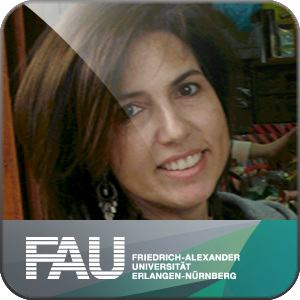Presenters
Zugänglich über
Nur für Portal
Gesperrt clipDauer
01:15:41 Min
Aufnahmedatum
2012-05-21
Hochgeladen am
2019-04-07 04:19:03
Sprache
en-US
Computer Vision involves the (semi-) automatic extraction of
information from images. The image data itself can take many forms:
color or black-and-white images, video sequences, multiple cameras,
data from medical scanners, etc. The information that should be
extracted can also vary depending on the application: locating an
object in an image (image database search), precisely measuring the
dimensions of an object (quality control), following a moving item
(surveillance), identifying letters and numbers (optical character
recognition), estimating the position and orientation of a specific
object (robot arm guidance), etc. As a result, the field of computer
vision covers a wide variety of topics, which may sometimes, at first
glance, seem unrelated.
This course provides an introduction to the field of Computer Vision,
focusing on the underlying algorithmic, geometric and optic issues. It
starts with a description of image formation, including geometric,
optic and electronic aspects of the image formation process. Lower
level algorithms are then presented on the extraction of different
types of image features (edge detection, texture, color,
multi-resolution analysis, Hough transform, deformable contours). The
course will also cover topics associated with extracting information
from multiple images (stereo, motion). The last set of topics will
cover higher level analysis like grouping, and classification with
examples on image retrieval and face detection.

